Midnight (1939)
By Toronto Film Society on May 6, 2021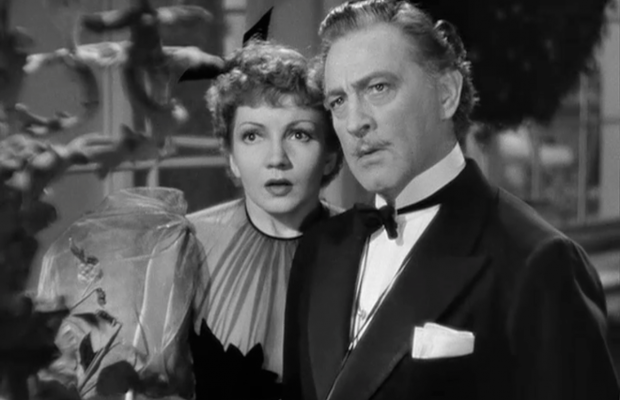
Toronto Film Society presented Midnight (1939) on Tuesday, July 15, 1969 as part of the Season 21 Summer Series, Programme 1.
Emil Und Die Detektive Germany 1931 80 mins b&w 16mm
Production Company: UFA. Direction: Gerhard Lamprecht. Scenario: Billy Wilder, from a novel by Erich Kästner. Photography: Werner Brandes. Design: Werner Schlichting. Music: Allan Gray.
Cast: Fritz Rasp, Kathe Haack, Rolf Wenkhaus, Olga Engl, Inge Landgut, Rudolph Biebrach.
If this film can be compared to any other it must be compared to Charles Chrichton’s Hue and Cry, which was made sixteen years later. Like Hue and Cry, the story is about children who live and act in a children’s world.
Erich Kästner’s novel from which the film is derived is quite famous, often being used as a practice novel for German language classes. Thus it is impossible to say whether it was the novel or the film which caused four further film versions to be made, in Great Britain in 1935, again in Germany in 1954, in Japan in 1956 and for Walt Disney in 1963.
Regardless of the source of inspiration, the English version of Milton Rosmer bears a remarkable resemblance to the original German one. It was shown on CBC television during the first year of broadcasting and had to be studied carefully by several people before it was finally decided that the film was in fact a remake. The clue was the admiring imitation of the villain, for good and faithful as it was it just wasn’t up to that of Fritz Rasp in the original.
As a villain Mr. Rasp was always excellent, in this and in other films, but it is in Emil that he strikes just exactly the right note which makes the performances of the children seem so credible. In a rather wide parallel, Alastair Sim’s performance in Hue and Cry served much the same purpose, although he did not play a villain.
Notes by Oscar C. Burritt
Midnight (1939)
Production Company: Paramount. Direction: Mitchell Leisen. Screenplay: Charles Brackett and Billy Wilder, from a story by Edwin Justus Mayer and Franz Schulz. Producer: Arthur Hornblow, Jr. Photography: Charles Lang. Editing: Doane Harrison. Art Direction: Hans Dreier. Song by Ralph Freed and Frederick Hollander.
Cast: Claudette Colbert (Eve Peabody), Don Ameche (Tibor Czerny), John Barrymore (Georges Flammarion), Mary Astor (Helena Flamarion), Francis Lederer (Jacques Picot), Hedda Hopper (Stephanie), Elaine Barrie (Simone).
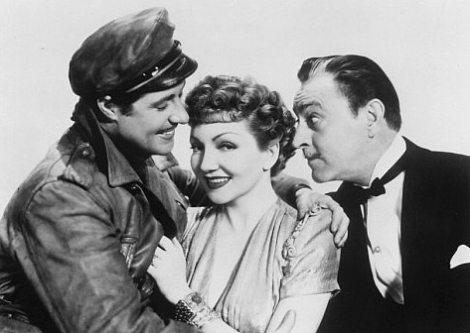
“This screenplay reportedly amused John Barrymore so much that he asked to read the whole script, not just his lines.” – Axel Madsen in his book, Billy Wilder
The compiler of these notes first (and last) saw Midnight in 1939, on a double-bill at a neighbourhood theatre in Winnipeg. I recall finding it delightful entertainment and wondering why on earth I’d missed the first-run. It’s too long ago now to attempt a personal evaluation, but recent writing in Britain on the film (presumably based on its revival showings at the National Film Theatre in London) has been so enthusiastic that I propose to quote from it without further ado.
Said Peter John Dyer in the brochure for the NFT’s season on The Paramount Style in 1966:
Mitchell Leisen was to Paramount what Michael Curtiz was to Warners. Originally an art director, he could always be relied upon to design his films handsomely. If Midnight is his best work, that may be due to a happy combination of talents–sophisticated writing from Charles Brackett and Billy Wilder, glossy camerawork from Charles Lang, stylish playing from Mary Astor and John Barrymore. The highly amusing story casts Claudette Colbert as an inventive gold-digger masquerading as a Hungarian countess in a ritzy, bitchy chateau.
John Baxter in his book Hollywood in the Thirties:
Leisen’s masterpiece is the underrated Midnight, one of the best comedies of the Thirties. The Wilder/Brackett script is typically disenchanted and Leisen obviously found the story agreeable…There is a happy ending, but no plot twist can dispel the film’s essential bitterness. Like all Leisen films it is callous and cynical, its style faultless, its design superb. One cannot doubt that his is a major talent, sadly neglected.
But if you think those chaps are Midnight-happy, just listen to Charles Higham in Sight and Sound, Spring 1963:
In 1939 Ninotchka and Midnight were released: both set in Paris, they showed Wilder and Brackett at the top of their form. Midnight was easily Ninotchka‘s equal, but has been almost totally forgotten, perhaps because its director, Mitchell Leisen, has never been a critics’ pet. Splendidly upholstered in the best Paramount-Hans Dreier tradition, it gives a stylized but penetrating exposition of an upper class that vanished almost immediately after the film was completed, with the outbreak of World War Two. The parallel with Renoir’s Règle due Jeu, made in the same year and on much the same territory, hardly needs stressing.
Higham goes on to speak of “a superbly funny piano recital”, “a classic card game”, “a wonderfully played and written scene” with Francis Lederer at Colbert’s bedroom door; and further tells us that “Mary Astor plays with glittering malice”, that “Hedda Hopper leads a conga line with irresistible elan”, and that “Barrymore hilariously impersonates a little girl on the telephone”. He sums up: “Brittle, heartless and stylish, this film remains one of the peaks of Wilder’s career”.
Fine and dandy, but–Ninotchka‘s equal? Parallels with La Regle du Jeu? Wow, I don’t know. But if Midnight stands up even half as well a these gentlemen suggest, we should be in for something of a treat.
Notes by George G. Patterson
Footnote
Ex-Hollywood-and-Berlin-movie-star Louise Brooks, a patron of TFS who now lives in Rochester, noted with approval our notes on Mitchell Leisen when we showed his Easy Living; mentioned her pleasure in watching his Take a Letter Darling on TV; told us that Hollywood friends regarded Leisen highly and had enjoyed working with him.
Mitchel Leisen was Costsume Designer and/or Art Director on many films, including: De Mille’s Male and Female, The Ten Commandments (silent), The King of Kings (silent) and The Sign of the Cross; Fairbank’s Robin Hood and The Thief of Bagdad. He also was Assistant Director on The Eagle and the Hawk and Tonight is Ours (both directed by Stuart Walker in 1933).
Leisen’s films as Director:
1934 Death Takes a Holiday
1934 Murder at the Vanities
1935 Behold My Wife
1935 Four Hours to Kill
1935 Hands Across the Table
1936 13 Hours by Air
1936 The Big Broadcast of 1937
1937 Swing High, Swing Low
1937 Easy Living
1938 The Big Broadcast of 1938
1938 Artists and Models Abroad
1939 Midnight
1940 Remember the Night
1940 Arise My Love
1941 I Wanted Wings
1941 Hold Back the Dawn
1942 The Lady is Willing
1942 Take a Letter Darling
1943 No Time for Love
1944 Frenchman’s Creek
1944 Practically Yours
1945 Kitty
1945 Masquerade in Mexico
1946 To Each His Own
1947 Suddenly It’s Spring
1947 Golden Earrings
1948 Dream Girl
1949 Bride of Vengeance
1949 Song of Surrender
1950 Captain Carey U.S.A. [After Midnight] 1950 No Man of Her Own
1951 The Mating Season
1951 Darling How Could You
1952 Young Man with Ideas
1953 Tonight We Sing
1955 Bedevilled
1957 The Girl Most Likely
1963 Here’s Las Vegas
(Reference: Monthly Film Bulletin of The British Film Institute, July 1966)
You may also like...
-
News

Frances Blau
Toronto Film Society | February 27, 2024On Monday, February 26th, 2024, Toronto Film Society lost longtime friend, supporter, and board member Frances Blau. Known for her sense of humour, her love of film, her generosity,...
-
Special Events

The Ladykillers (1955) at the Paradise Theatre
Toronto Film Society | March 9, 2024Toronto Film Society presents Targets (1968) at the Paradise Theatre on Sunday, April 7, 2024 at 2:30 p.m. Ealing Studios arguably reached its peak with this wonderfully hilarious and...
Programming

Virtual Saturday Night at the Movies
Toronto Film Society | April 11, 2024Toronto Film Society is back in the theatre! However, we’re still pleased to continue to bring you films straight to your home! Beginning Season 73 until now we have...
4-
 Toronto Film Society | March 9, 2024
Toronto Film Society | March 9, 2024
-
 Toronto Film Society | November 6, 2022
Toronto Film Society | November 6, 2022
-
 Toronto Film Society | August 1, 2023
Toronto Film Society | August 1, 2023
Donate to Toronto Film Society – We’re now a Registered Charity!
-
Copyright © 2017 Toronto Film Society.

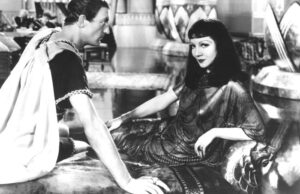
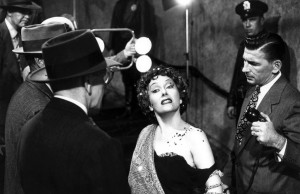
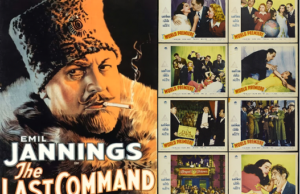
Leave a Reply